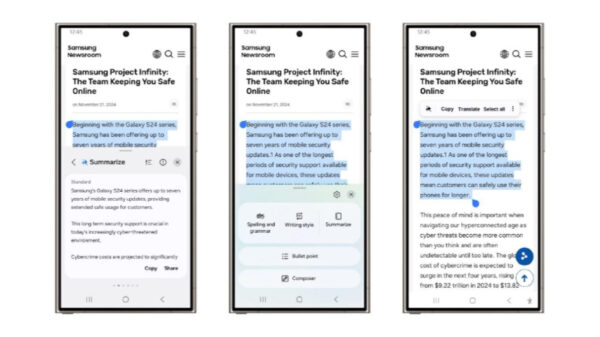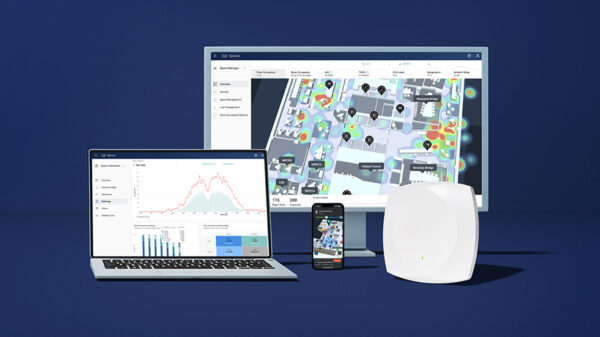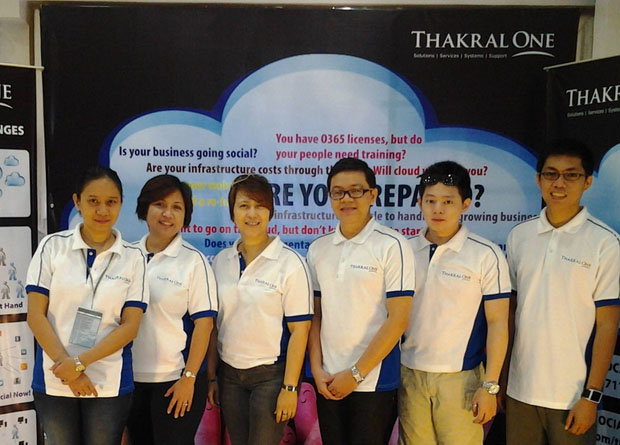As cyber adversaries continue to evolve their approach using a range of tactics to improve cyber attacks, businesses and organizations face challenges posed by more ambitious, sophisticated, and destructive techniques such as Artificial Intelligence (AI)-driven attacks, and the adoption of Cybercrime-as-a-Service (CaaS), and other emerging threats and strategies that can be used to execute attacks.
As the year 2024 draws to a close, cybersecurity solutions provider Fortinet unveiled predictions that expect hackers will leverage as well as trends that can be expected to emerge in 2025 and beyond. These include the emergence of more attack expertise, more cloud-specific vulnerabilities being leveraged by attackers, automated hacking tools will be available in the Dark Web, playbooks expand to include real-life threats, and the expansion of anti-adversary frameworks.
The coming years will see a shift from the classic tactics to innovative attacks. Although the traditional methods of cyber attacks will still be used, threat actors will focus more on innovative ones that can carry out targeted attacks quickly and more precisely. It is expected that CaaS groups will increasingly embrace specialization, with many groups focusing on providing offerings that home in on just one segment of the attack chain.
Businesses should take a close watch of their cloud environments. Although cloud is not a new technology, it still excites the interest of cybercriminals. This is the reason why defenders must pay close attention to it over the next few years as more cloud-specific vulnerabilities being leveraged by attackers are anticipated to grow in the future.
Another emerging trend to watch out for is the seemingly endless number of attack vectors and associated code such as phishing kits, Ransomware-as-a-Service, DDoS-as-a-Service, and more, are now available through the CaaS market. This trend is expected to flourish and anticipate attackers to use the automated output from LLMs to power CaaS offerings and grow the market such as taking social media reconnaissance and automating that intelligence into neatly packaged phishing kits.
It is also predicted that advancements in playbooks will make attacks more aggressive and destructive. Cybercriminals will expand their playbooks to combine cyber attacks with physical, real-life threats, exposing to harm organization’s executives and employees in some instances and anticipate that this will become a regular part of many playbooks. Transnational crimes such as drug trafficking, smuggling people or goods, and more, are anticipated to become a component of more sophisticated playbooks.
The cybersecurity community will enhance its capability to detect and respond as attackers continually evolve their tactics. This is done by pursuing global collaborations, creating public-private partnerships, and developing frameworks to counter threats. Many related efforts, like the World Economic Forum Cybercrime Atlas initiative, of which Fortinet is a founding member, are already underway. It is also anticipated that more collaborative initiatives will emerge to curb or disrupt cybercrime.
“As cybercriminals adopt more sophisticated and impactful methods to execute attacks, the role of AI in cybersecurity becomes increasingly vital. AI enhances defenses by automating threat detection and response while streamlining operations for security teams. Fortinet’s AI-driven cybersecurity platform empowers organizations to be protected against both current and emerging threats, enhance their security posture, and build resilience in a constantly evolving threat landscape. Advancing public-private partnerships and adopting robust cybersecurity practices are also essential to countering cybercrime. Together these measures can enable organizations to safeguard critical assets and remain protected against future risks,” said Alan Reyes, country manager at Fortinet Philippines.















































































































